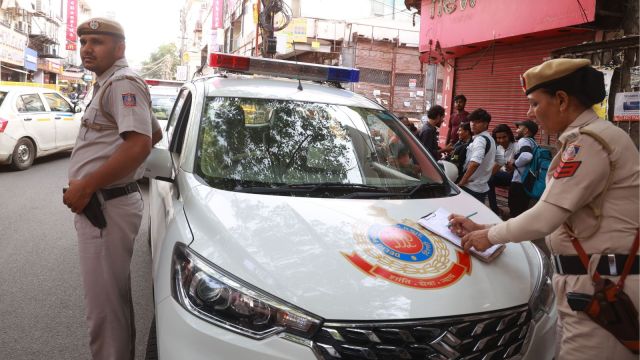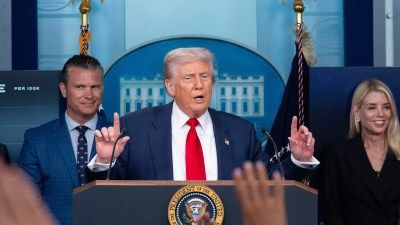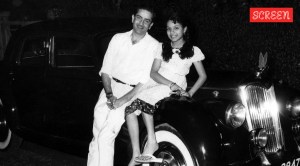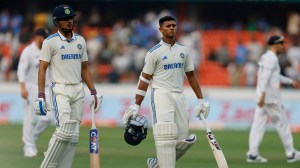Home Guards may soon be part of Delhi Police’s PCR unit
The PCR unit is also planning to increase its fleet. If all goes to plan, the Home Guards will be deployed to man PCR vans within three months (approximately)
 The PCR unit is the first responder in any situation (Archive)
The PCR unit is the first responder in any situation (Archive)Soon, Home Guards could be manning PCR vehicles along with Delhi Police personnel.
A proposal in this regard has been sent by the Special Commissioner of Police, Operations, to the Commissioner of Police and, further, to the Delhi government, it is learnt.
Confirming the development, a senior police officer said that, usually, in a PCR, or a Police Control Room vehicle, a minimum of three persons are required: a driver and two others who work as a ‘buddy pair’.

Currently, there are 802 PCR vehicles, and around 50 all-women PCR vans, that are deployed across the city. But not every van is manned by three people.
The idea to rope in Home Guards cropped up in a meeting between the Police Commissioner, senior Delhi government officials, and ministers, wherein it was decided that Home Guards under the Delhi government will also be handed over to the police force.
The PCR unit is also planning to increase its fleet. If all goes to plan, the Home Guards will be deployed to man PCR vans within three months (approximately).
Another officer said the Home Guards will serve as a force multiplier, and they will also be trained before being deployed on the field.
“The PCR unit is planning to procure around 100 more vehicles. The coming of the Home Guards will only be beneficial. If there are just two people in a car, then it gets a little tough since the one driving the car will also have to step outside to help the other in case the situation demands lifting or moving a person. When Home Guards [join the force], three persons [can be deployed] and it would make the work better and smoother,” the officer added.
Currently, there are 7,000 Home Guards — 4,000 are with the Delhi Police, while 3,000 are with the Delhi government deployed on various duties.
During the meeting, officers said, it was decided that those Home Guards with the Delhi government should also be given to the Delhi Police.
A proposal in this regard outlining the strength required, proposed shift timings, and nature of duties that will be entrusted to them was submitted in the last week of April.
An officer, who is part of the PCR unit, said, “The PCR unit is the first responder in any situation. Apart from this, its personnel are on the ground to show police presence and visibility. The more the number of vehicles, the more the persons, and the force will also be self-sufficient.”
In September 2020, after years of functioning as a separate unit, former Delhi Police Commissioner Rakesh Asthana had merged the PCR unit with the district police, making SHOs of police stations the controlling authority of PCR vans. While the move was aimed at ensuring better emergency call management and increased assistance from police stations, it led to longer response times and an increase in workload from districts rather than for PCR.
Following backlash for alleged lapses of the unit in the Sultanpuri hit-and-run case in 2023, where a 20-year-old woman, Anjali, was killed after being hit and dragged for 10 km by a car on January 1, Delhi Police Commissioner Sanjay Arora in February that year separated the unit to make it “more transparent” and reduce response timings.













